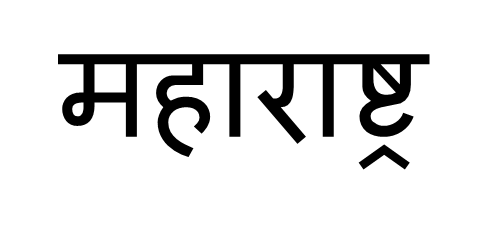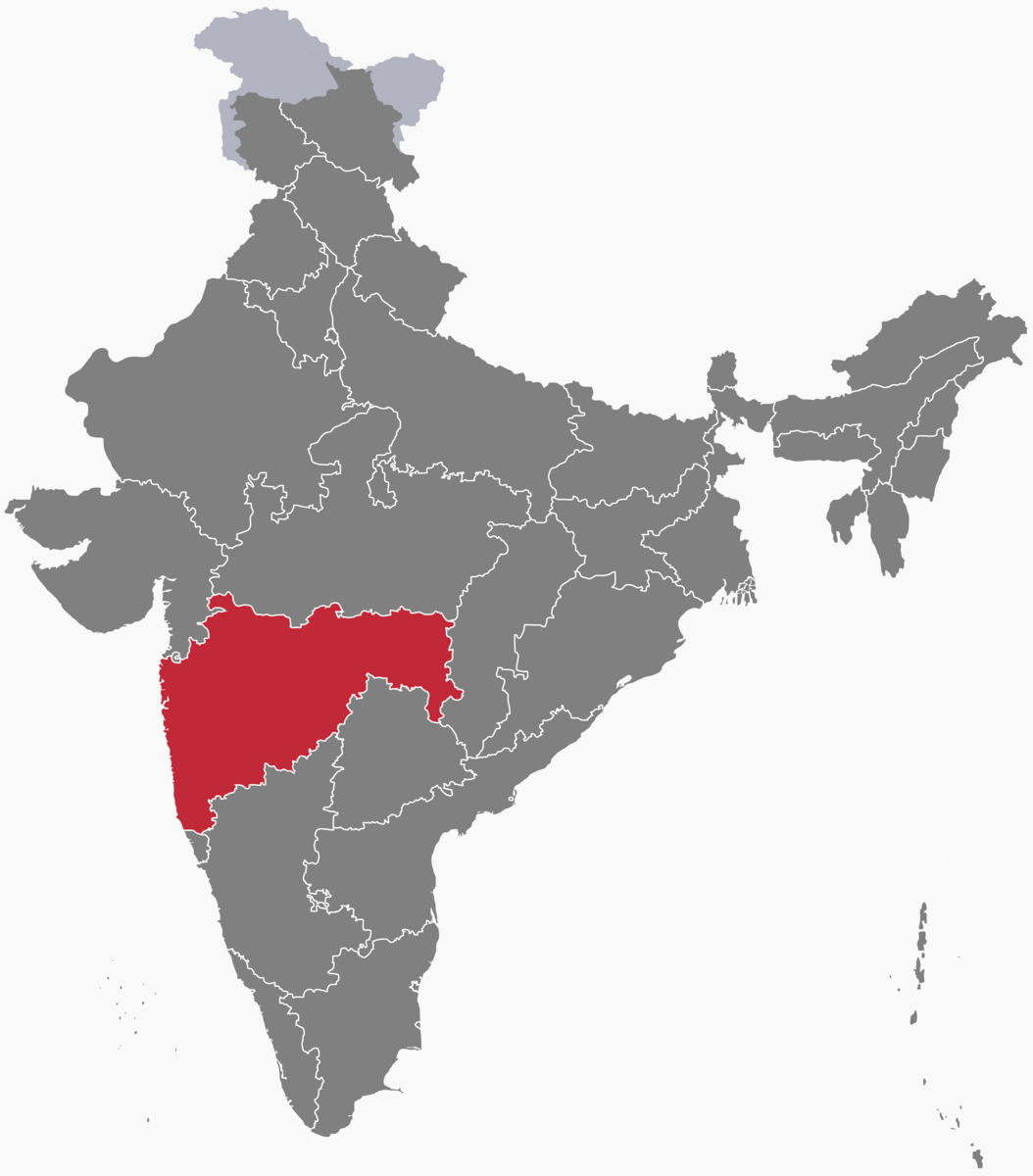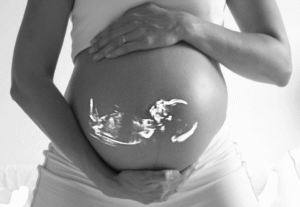When it comes to healthcare, access to quality services can make all the difference in the lives of individuals and families. In Maharashtra, one of India’s most populous and economically diverse states, the government has rolled out several health schemes over the years to ensure that every citizen has access to essential healthcare services. From rural areas to bustling cities like Mumbai, these initiatives aim to reduce health disparities and improve the overall well-being of the population.
In this article, we will take a deep dive into some of the recent and significant health schemes introduced by the Maharashtra government, backed by the latest data and research, and explore how they are impacting citizens’ lives.

1. The Mahatma Jyotiba Phule Jan Arogya Yojana (MJPJAY)
Maharashtra’s flagship health initiative, the Mahatma Jyotiba Phule Jan Arogya Yojana (MJPJAY), has gained significant attention for providing healthcare to underprivileged families. Launched in 2012, this scheme aims to provide cashless medical treatment to families living below the poverty line (BPL), covering a range of treatments including hospitalization, surgery, and specialist care.
Recent Updates: The government has expanded the coverage of MJPJAY by increasing the annual health insurance limit per family. As of 2024, the scheme covers medical expenses up to ₹1.5 lakh for individuals and up to ₹3 lakh for families, depending on their needs. It includes treatments for heart diseases, cancer, dialysis, maternity care, and more.
This scheme provides access to more than 500 medical procedures in over 200 empanelled hospitals across Maharashtra. It’s an excellent step toward ensuring that healthcare remains accessible to those who need it the most.
Who Can Access:
Families living below the poverty line (BPL).
People with disabilities or those from marginalized communities.
Anyone with a valid BPL card can apply.
How to Access: Eligible individuals can visit public hospitals or local health centers with their BPL card and other identification documents (like Aadhaar). Hospital staff will assist them in registering and availing free services under the scheme.
Impact: Recent data from the Maharashtra Health Department reveals that more than 80 lakh families have benefited from MJPJAY since its inception. The scheme has proven to be especially beneficial in rural areas, where healthcare infrastructure is limited.
2. The Maharashtra State Health Assurance Scheme (MSHAS)
While MJPJAY targets BPL families, the Maharashtra State Health Assurance Scheme (MSHAS) is designed for all citizens, offering them affordable healthcare services through a unique public-private partnership. This initiative aims to provide medical coverage for treatment related to chronic conditions, surgeries, and even advanced treatments like organ transplants.
Recent Developments: In the last year, MSHAS has become more inclusive, covering a wider array of treatments, including mental health services. This is especially important as mental health issues are increasingly being recognized as a critical aspect of public health.
Who Can Access:
All residents of Maharashtra, regardless of income.
People requiring secondary and tertiary care for chronic diseases.
People who are not covered by other health insurance schemes.
How to Access: Residents can register through participating hospitals, both public and private, by providing identification proof and residence details. Many hospitals have dedicated counters for MSHAS registration.
Impact: According to the Ministry of Health and Family Welfare, MSHAS has served over 50 lakh people across Maharashtra in the past year alone. The scheme is especially important for urban populations who might not otherwise have affordable access to private healthcare services.
3. Arogya Shree Scheme: A Step Towards Universal Health Coverage
Arogya Shree is another important health initiative launched by the Maharashtra government, which aims to provide free medical treatment to economically weaker sections, particularly for critical and life-threatening diseases like cancer, heart conditions, and kidney-related issues.
Recent Enhancements: In the past year, the government has enhanced the scope of Arogya Shree by including more medical facilities under its coverage, especially in underserved rural areas. The scheme now includes surgeries for critical illnesses and costly treatments like dialysis.
Who Can Access:
Economically disadvantaged individuals or families.
People diagnosed with critical diseases (like cancer, heart disease, and chronic kidney disease).
Individuals with BPL status or who can prove financial need.
How to Access: Eligible beneficiaries can visit government hospitals or registered health centers. To register, individuals need to submit proof of income or BPL status. Hospitals then handle the process of enrolling and availing the benefits.
Impact: Data from the Maharashtra Health Ministry shows that over 60,000 families have received free treatment under this scheme. The expansion to include life-saving treatments means that the state government is actively addressing issues of affordability for people suffering from chronic diseases.
4. Mahatma Phule Yuva Shakti Yojana
The Maharashtra government has long recognized that young people play a central role in the state’s economic and social development. With this in mind, the Mahatma Phule Yuva Shakti Yojana (MPYSY) focuses on providing healthcare services to youth, especially those involved in skill-building and employment programs.
Recent Updates: The government introduced free health check-ups, vaccinations, and mental health counseling services for youth, helping them maintain their well-being as they engage in skill-building or start their careers. This initiative focuses on preventive healthcare, which has become increasingly important, especially in the context of the pandemic.
Who Can Access:
Youth between the ages of 18 and 35.
Individuals engaged in skill development or vocational training programs.
College students, apprentices, and working professionals.
How to Access: Young people can access the scheme by enrolling through their respective training programs, local health centers, or government schools. Health camps and check-ups are offered in collaboration with public health facilities.
Impact: The scheme has helped more than 5 lakh young people, particularly those in rural and semi-urban regions, who often don’t have access to regular health check-ups or healthcare guidance. This initiative not only focuses on physical health but also emphasizes mental well-being, which is crucial as the youth demographic often faces high stress levels.
5. Mazi Kanya Bhagyashree Yojana
Mazi Kanya Bhagyashree Yojana is one of the most recent health-focused schemes, launched with the primary objective of improving the health, education, and future prospects of girl children in the state. While it primarily targets the empowerment of young girls, it also integrates health aspects into its framework, promoting well-being from birth through adolescence.
Recent Additions: In 2023, the scheme was enhanced with a new feature: free annual health check-ups for girls enrolled in the program, covering everything from vaccinations to gynecological health. This ensures that they not only have the opportunity for education but also access to the healthcare services they need to thrive.
Who Can Access:
Families with girl children from economically weaker sections.
Parents or guardians of girls under the age of 18.
Eligible girls must be enrolled in schools or anganwadis to avail the full benefits.
How to Access: Parents can enroll their daughters in the scheme through local anganwadis or schools. Health check-ups are then organized regularly at government clinics and hospitals.
Impact: The scheme has benefited over 1 lakh girls in its first year, providing them with financial and health support to pursue education and better health outcomes. This program is a great example of how health and socio-economic upliftment can go hand in hand.
6. The Anti-Malaria Campaign: Maharashtra’s Fight Against Vector-borne Diseases
Maharashtra has also been proactive in fighting vector-borne diseases such as malaria, dengue, and chikungunya, which disproportionately affect rural areas during monsoon seasons. The Maharashtra Health Department has launched an aggressive Anti-Malaria Campaign that includes the distribution of mosquito nets, insect repellents, and public awareness programs.
Recent Updates: The state has invested in modern mosquito control technologies like larvicide sprays and fogging machines. Data shows that in 2024 alone, the malaria incidence rate dropped by over 30%, largely due to the effectiveness of this campaign.
Who Can Access:
All residents of Maharashtra, particularly those in rural and remote areas.
Individuals residing in areas with a high incidence of malaria and dengue.
Families living in slums or areas with inadequate sanitation.
How to Access: Residents can collect mosquito nets and other preventive materials from local health centers or through government health drives. Local health officials will inform communities about the availability of these resources.
Impact: The Anti-Malaria Campaign has been a game-changer in preventing widespread outbreaks of malaria. As a result, fewer people are falling ill, and fewer lives are being lost to preventable vector-borne diseases.
7. The Nutrition Support Scheme for Pregnant Women
Ensuring the health of mothers and children is at the heart of Maharashtra’s public health priorities. Under the Nutrition Support Scheme for Pregnant Women, the government provides nutritional supplements, free medical check-ups, and financial assistance to pregnant women in rural and marginalized communities.
Recent Updates: In 2024, the scheme expanded to include counseling for prenatal and postnatal care, in addition to basic nutritional support. This includes promoting awareness about the importance of a balanced diet, which is often overlooked in economically weaker sections.
Who Can Access:
Pregnant women, especially from low-income and rural households.
Women who are enrolled with public health systems such as anganwadis.
Pregnant women needing nutritional support or regular health monitoring.
How to Access: Pregnant women can register at their local anganwadi or health center, where they will be provided with the necessary supplements and regular check-ups. Enrolling in government health programs allows them to access these benefits.
Impact: The scheme has reached over 50,000 pregnant women across Maharashtra, with early reports suggesting a decrease in maternal mortality rates and an increase in successful childbirth outcomes.
8. The Rashtriya Swasthya Bima Yojana (RSBY)
The Rashtriya Swasthya Bima Yojana is a nationwide health insurance scheme implemented by the Government of Maharashtra to provide financial protection to families living below the poverty line. Although this scheme is a national initiative, its reach and effectiveness in Maharashtra have been pivotal in ensuring that the vulnerable populations in both rural and urban areas receive quality healthcare.
Recent Updates: In recent years, the Maharashtra government has increased the coverage under RSBY, ensuring more health conditions and procedures are included. This includes maternity care, critical illness, surgeries, and even post-hospitalization care, all of which are fully covered under the scheme.
Who Can Access:
Families living below the poverty line (BPL).
Workers in the unorganized sector (like domestic help, construction workers, etc.).
How to Access: Eligible individuals can register at local public health centers or district offices with their BPL card and other necessary documents. Once enrolled, they will receive a health insurance card that provides cashless access to healthcare services.
Impact: Over the years, RSBY has benefited millions of low-income families, providing them with medical insurance that pays for hospitalization and treatments without the need for any upfront payments. As per Maharashtra’s health department, more than 10 million families have been covered under RSBY.
9. The Mahatma Jyotiba Phule Vasti Sudhar Yojana (MJPSY)
This scheme is part of the Maharashtra government’s effort to improve the health and living standards of people living in urban slums and underprivileged areas. The Mahatma Jyotiba Phule Vasti Sudhar Yojana aims to provide basic healthcare, sanitation, and infrastructure support to residents of slums.
Recent Enhancements: The program has recently expanded to include mobile healthcare units that visit underserved areas to provide basic medical check-ups and distribute medicines. In 2023, the scheme also integrated mental health services to support the psychological well-being of people in marginalized communities.
Impact: According to Maharashtra’s Health Ministry, more than 50 lakh people have benefited from the scheme, with a noticeable improvement in sanitation, primary healthcare access, and overall living conditions.
10. Mukhyamantri Phule Jan Arogya Yojana (MPJAY)
This is another important health initiative aimed specifically at providing affordable healthcare to economically weaker sections of society. The Mukhyamantri Phule Jan Arogya Yojana focuses on providing free medical services, including diagnostic tests, hospitalization, and surgeries for low-income individuals.
Recent Updates: In recent years, the government has introduced telemedicine services as part of this scheme, especially in remote areas. This allows residents to consult with doctors virtually, reducing the need for long-distance travel.
Impact: With an estimated 4 million beneficiaries in the last year alone, the scheme continues to help people access free healthcare services, ensuring that financial constraints do not prevent anyone from getting the medical attention they need.
11. Pradhan Mantri Jan Arogya Yojana (PMJAY) – Ayushman Bharat
While Ayushman Bharat is a central government scheme, it has had a significant impact in Maharashtra. The Pradhan Mantri Jan Arogya Yojana (PMJAY), commonly referred to as Ayushman Bharat, offers health insurance coverage of up to ₹5 lakh per family annually for secondary and tertiary care hospitalization. This scheme is meant to provide comprehensive health insurance for economically disadvantaged people, covering over 1,350 medical procedures.
Recent Updates: Maharashtra has been among the top states in successfully implementing the PMJAY scheme, and the state government has recently collaborated with private hospitals to expand the reach and ease of access for beneficiaries.
Impact: More than 20 million families in Maharashtra have benefited from PMJAY, ensuring that the poorest families have access to health services that would otherwise be unaffordable. Since its implementation, the scheme has dramatically reduced out-of-pocket expenditure on health and helped thousands receive treatments for critical ailments.
12. Baitarani Health Insurance Scheme for Farmers
Maharashtra, with its large agrarian population, has also developed health schemes specifically targeted toward farmers. The Baitarani Health Insurance Scheme provides health coverage for farmers, particularly in rural areas, for a variety of medical treatments, including surgeries, consultations, and emergency care.
Recent Updates: The scheme recently expanded its coverage to include insurance for natural disasters and accidents, which are common in farming communities. Moreover, the state government has increased the payout limits, offering more financial assistance in times of critical illness.
Impact: Over 2 million farmers are covered under this scheme. Data from Maharashtra’s Agriculture Ministry shows that the health burden on farmers has decreased significantly since the scheme’s launch, as families can access free or low-cost treatment.
13. The Public Health Engineering Department’s Rural Health Initiative
Rural areas often face challenges not only in terms of medical services but also in terms of infrastructure like clean drinking water, sanitation, and hygiene. The Rural Health Initiative under Maharashtra’s Public Health Engineering Department focuses on improving rural health by ensuring safe water supply, better sanitation, and environmental health programs.
Recent Updates: The government has added water purification systems and health camps as part of the rural health initiatives. This ensures that people in remote parts of the state have access to both clean water and basic healthcare services.
Impact: Through this initiative, rural mortality rates have seen a decline, and sanitation-related diseases have dropped by 15-20%, according to Maharashtra’s Public Health Department.
14. Digital Health Card for Citizens
To modernize healthcare access, the Maharashtra government has introduced a Digital Health Card for every citizen, which contains their medical records, vaccination details, and history of treatments.
Recent Updates: Launched in 2023, the scheme is fully integrated with both government and private hospitals in Maharashtra. Citizens can now carry their digital health cards on their smartphones and access medical services without carrying physical documents.
Impact: This initiative has been a game-changer in streamlining health services, reducing wait times, and ensuring that healthcare providers have easy access to a patient’s medical history, thus providing quicker and more accurate treatments.
Conclusion: The Growing Importance of Maharashtra’s Health Schemes
Maharashtra’s government health schemes have come a long way in ensuring the well-being of its diverse population. From cashless treatments for low-income families to free medical check-ups for the youth and targeted nutrition programs for pregnant women, the government’s efforts to improve public health are commendable.
The success of these schemes is evident in the rising number of beneficiaries and the noticeable improvements in healthcare access and outcomes across the state. Whether it’s through better coverage for critical diseases or tackling public health issues like malaria, Maharashtra is proving that comprehensive healthcare can lead to tangible improvements in citizens’ lives.
As these initiatives evolve and expand, one can only hope that the rest of India takes note and follows suit, making quality healthcare accessible to all. So, if you’re a resident of Maharashtra, don’t forget to check out these schemes—you might just find the support you need.
The Maharashtra government has launched a comprehensive array of health schemes aimed at providing equitable healthcare to all citizens, from farmers and slum dwellers to children and the elderly. By targeting specific communities, addressing both preventive and curative care, and utilizing modern technologies like telemedicine and digital health cards, the state is taking significant steps to improve public health.
These schemes have already improved access to healthcare for millions of people and continue to evolve based on emerging needs and new challenges. The key takeaway here is that healthcare isn’t just about hospitals and doctors—it’s about creating an accessible, inclusive, and supportive healthcare ecosystem for everyone, irrespective of their income, location, or background.
As Maharashtra continues to roll out new and improved schemes, there is hope that healthcare will become a right for all, not just a privilege for some. If you’re a resident of the state, make sure you’re aware of these schemes and take full advantage of the healthcare opportunities available to you!
Read About : Is Physiotherapy Covered By Health Insurance In India?
Visit Us At: https://g.co/kgs/rTqAjgt





